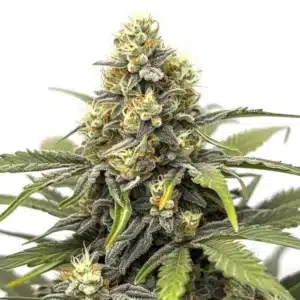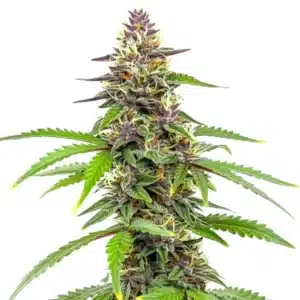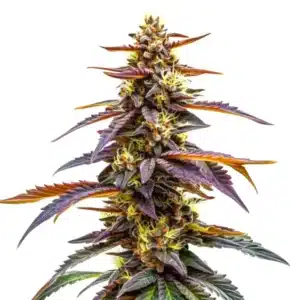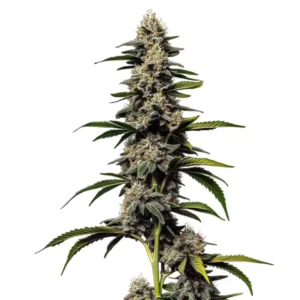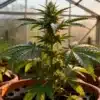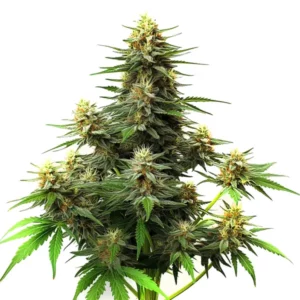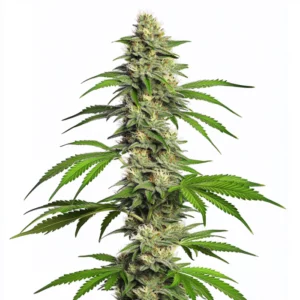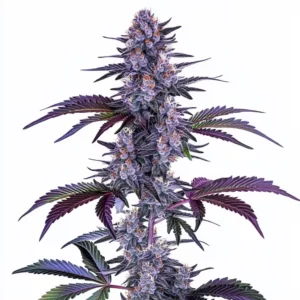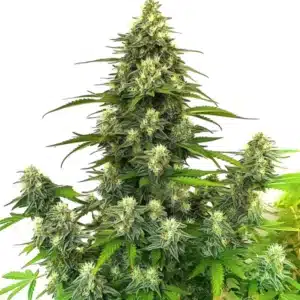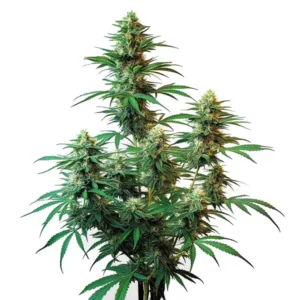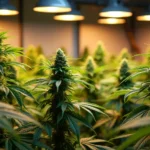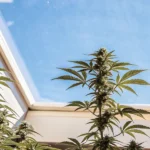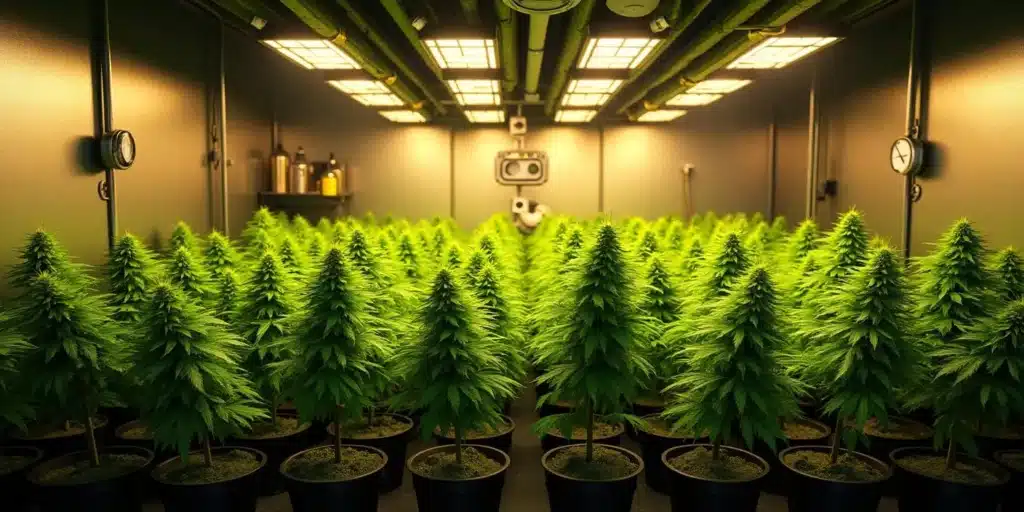
Autoflower Week 7 No Buds: What to Do?
Finding that your autoflower cannabis plants are at week 7 without a single bud can be perplexing and concerning. These plants are celebrated for their swift growth cycles, typically maturing from seed to harvest in around 8 to 10 weeks. Yet, if buds are missing at this crucial stage, it’s essential to unravel the potential causes.
Possible Causes for No Buds at Week 7
Before jumping into solutions, it’s vital to know what might be causing the problem. Identifying the factors leading to the lack of blooming buds is the first step toward resolution. Here are several primary issues to consider:
Recommended Strains
Amnesia
|
|
THC | 15% - 20% (Medium) |
|
|
Type | Feminized |
|
|
Yield | Medium |
|
|
Phenotype | 30% Indica / 70% Sativa |
Amnesia Blue Headband
|
|
THC | 10% - 20% (Medium) |
|
|
Type | Feminized |
|
|
Yield | Medium |
|
|
Phenotype | 50% Indica / 50% Sativa |
- Light Cycle Issues: Autoflowers thrive best under consistent light schedules like 18/6 or 20/4. Any interruptions in this cycle can lead to delays in flowering.
- Nutrient Imbalance: Cannabis plants require a mix of nutrients, particularly phosphorus and potassium, to develop properly during the budding phase.
- Environmental Factors: Conditions such as temperature, humidity, and airflow can significantly impact growth. Stress from high temperatures or excessive humidity can push plants into prolonged vegetative states.
- Strain Variation: Individual autoflower strains have unique growth rates. The genetic background of your plant helps in setting realistic expectations.
Recognizing the root cause is crucial as it informs how best to address the problem. Conduct a thorough assessment to ensure your growing environment is optimally configured for success.
Promos & Deals
Light Cycle Considerations
Lighting plays a pivotal role in the growth of autoflowering plants. Consistent and adequate light exposure is necessary for flowering. If you’ve inadvertently altered the light cycle, it could hinder the progress of your plants.
To get the best results, keep in mind the following tips:
- Maintain a regular light schedule of 18 hours of light and 6 hours of darkness each day, or 20 hours of light with 4 hours of darkness.
- Select high-quality grow lights that provide the proper spectrum for both vegetative and flowering stages to ensure optimal growth.
- Adjust the height and intensity of your lights to prevent burning the leaves while ensuring adequate coverage for your entire growing area.
Creating a controlled light environment will encourage robust growth and facilitate the onset of flowering, helping your plants reach their fullest potential.
Testing Your Growing Environment
To foster the best growing conditions, regular checks of your environment are indispensable. Monitoring key factors ensures that your plants do not encounter unnecessary stress from environmental extremes.
- Temperature: It’s recommended to maintain temperatures between 75°F and 85°F (24°C to 29°C) during the day for optimal growth.
- Humidity: Keeping humidity levels between 40-60% during the flowering phase helps reduce stress and promotes healthy bud formation.
- Airflow: Adequate ventilation prevents the growth of mold and deters pests, allowing your plants to improve their overall health.
By establishing and maintaining a stable environment, you’ll provide the conditions necessary for your autoflowers to flourish, enabling them to produce the buds you desire.
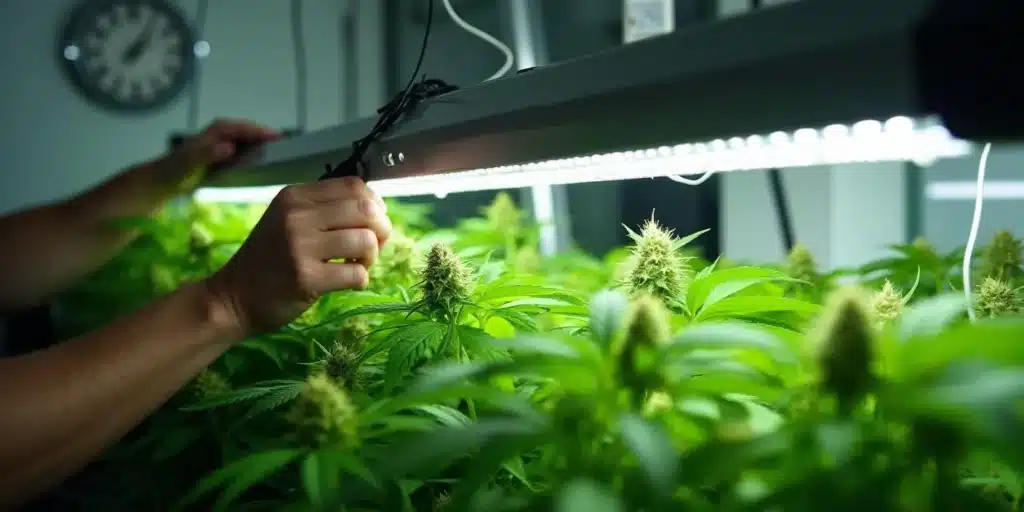
Nutrient Management
The absence of buds may also be attributed to nutrient imbalances. A proper nutrient regimen can lead to vibrant, robust plants while a deficiency can yield stunted growth or poor bud development.
Focus on these nutritional strategies to support budding:
- During the transition from vegetative to flowering stages (weeks 5 through 8), it’s crucial to increase phosphorus and potassium levels.
- Utilizing organic fertilizers or specialized bloom nutrients can significantly boost bud production as plants progress toward maturity.
- Remember to regularly test the pH of your nutrient solution; a pH range of 6.0 to 6.5 is ideal for nutrient uptake during flowering.
By proactively managing nutrient inputs, you can enrich your plants and set them up for successful budding, ensuring they meet their growth potential.
Signs of Nutrient Deficiencies
Learning to recognize the visible cues your plants send can help you address nutrient deficiencies before they escalate. Monitoring plant health is key!
- Watch for yellowing leaves, especially at the lower parts of the plant, this might indicate nitrogen deficiency.
- Brown tips or edges can suggest nutrient burn or a salt buildup, highlighting the need for immediate attention.
- Pale or weak growth may signal insufficient nutrient availability; don’t overlook these signs as they indicate a need for balance.
Quickly identifying these signs allows for timely intervention, increasing the likelihood of successful bud production as your plants approach harvest time.
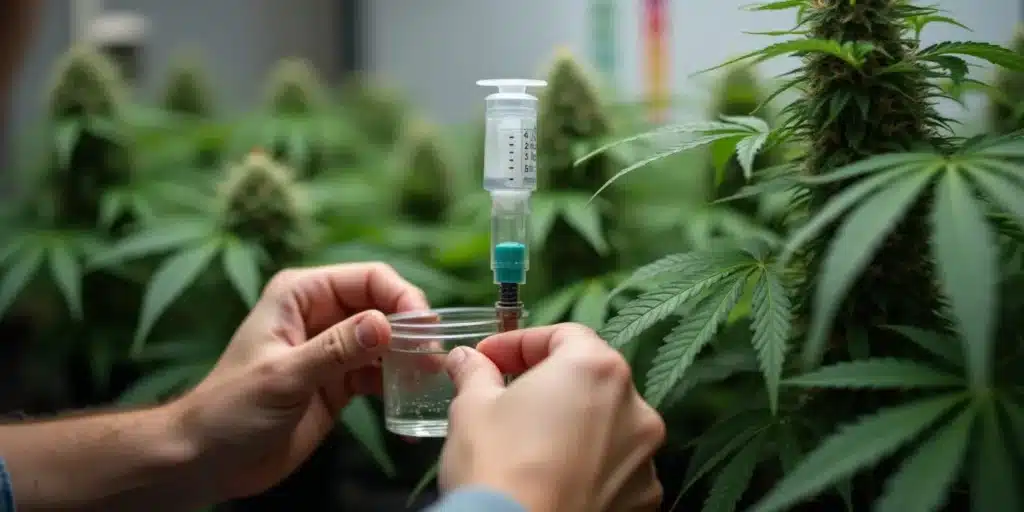
Choosing the Right Autoflower Strains
Not every autoflower strain will grow in the same manner. Some varieties are more forgiving with their growing needs and can produce reliably, while others might require a bit more finesse. Here are a few popular strains worth considering:
- Amnesia Haze Autoflower: Famous for its potent effects and resilience, this strain typically flowers later but can lead to impressive yields.
- Girl Scout Cookies Autoflower: This well-balanced strain adapts easily to various growth conditions, making it a favorite for many cultivators.
- Blueberry Autoflower: Touted for its delightful fruity flavor, this strain is known for producing consistently good results.
When selecting a strain, reading about its growth characteristics and flowering times will help you align your expectations better. Reliable sources, like seed banks, provide great insight into what’s best for you.
Common Missteps When Growing Autoflowers
As new or even seasoned growers, making mistakes is par for the course. To create an optimal environment for your autoflowering cannabis plants, avoid these common pitfalls:
- Over or under-watering can harm root health; balancing the watering schedule is key for hydration without drowning your plants.
- Ignoring pests can lead to infestation issues and reduce overall plant health. Regularly inspect your plants and take action at the first sign of trouble.
- Being hesitant to utilize training techniques, such as Low-Stress Training (LST), limits the potential for higher yields and better light penetration for your plants.
Learning from these common mistakes can enhance your growing journey. Remember, successful cultivation often requires a blend of patience, observation, and determination to succeed.
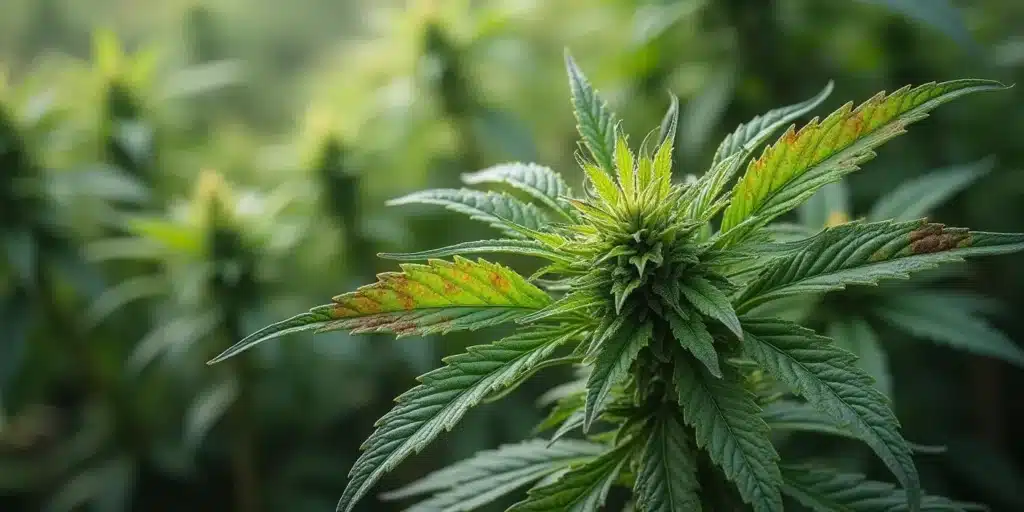
FAQs
Why are my autoflower plants not flowering?
There are various reasons that your autoflower plants may not be flowering, including disturbances in the light cycle, incorrect nutrient levels, unfavorable environmental conditions, or the natural growing characteristics of the strain itself. Taking careful steps to evaluate and adjust your growing conditions will help facilitate the flowering process.
What should I do if my plants show stunted growth?
Investigate potential causes such as over or under-watering, nutrient deficiencies, or pest infestations. By adjusting your watering regimen, reviewing nutrient levels, or addressing any pest issues, you can significantly improve the chances of your plants recovering and growing as expected.
How can I tell if my autoflowers are ready to harvest?
The best indicator that your autoflowers are ready for harvest is the appearance of trichomes on the buds. When the trichomes look predominantly milky white, with some turning amber, it signals that the plants have reached optimal ripeness for harvesting.
Can I still save my autoflower if it’s in week 7 with no buds?
Absolutely! While it may seem daunting, there are steps you can take to encourage bud formation. Assessing and addressing your light cycle, nutrient levels, and environmental conditions can lead to productive changes that could still result in a successful harvest.


